Text
You know when you stretch and your shoulder goes off like a fucking gunshot in your ear as it pops back in? No? That just me?
Fucking ouch.
2 notes
·
View notes
Note
All right, since it's the anniversary of the Titanic sinking, do you want to tell us about how the Carpathia sank?
i very much want to do that.
I feel a little guilty, sometimes, over this. I made all these innocent people fall in love with Carpathia, and then they go to read more about her and learn she was unceremoniously sunk in WWI and it understandably upsets them.
But I don’t think it should. So today I’m going to tell you what happened on July 17th, 1918.
There’s…poetry, in the story of Carpathia’s final hours. Sometimes things happen that make you believe in fate. Parallels. Things that ring true, the echoes of harpstrings across time. History doesn’t repeat itself but sometimes it rhymes.
She was a comfortable little cruise liner, not flashy but safe and steady; perfect for getting people where they needed to go. Arthur Rostron having been promoted and given a new position following the Titanic rescue, she was under the command of a Captain William Prothero. The British navy commissioned her as a troop carrier at the beginning of WWI, transporting supplies and soldiers from Canada to the European front. On this mission, she was part of a convoy en route from Liverpool to Boston.
This is how Carpathia dies: On the morning of July 17th, 1918, she is 120 miles off the coast of southern Ireland.
So is the German submarine U-55.
She takes one torpedo on the port side; the damage is serious, yet not catastrophic. But it knocks out her wireless. Her attempts to send an SOS fail.
The second torpedo hits the engine room.
Three firemen and two trimmers are killed instantly in the explosion that dooms her. One life would be too many, five men are dead and five families are in mourning. I do not dismiss or disregard that loss. But there will be no more casualties today. Carpathia has never given people over to Death without a fight.
The order to abandon ship is given calmly and professionally, long before the situation becomes desperate. Lifeboats are lowered in time, and filled quickly. They know what they’re doing, and they do it well. By the time she begins to sink in earnest, every person onboard is safely in a lifeboat and well away from her.
She stays afloat exactly long enough to save them. There are worse ends for a good ship than this: No one dies in the sinking of Carpathia. There is no terror in the dark, no drownings, no one trapped and forgotten.
The U-boat surfaces. There’s a third torpedo.
Carpathia buckles quietly and starts to vanish, and that harpstring…shivers.
There was another group of lifeboats, once. Alone and facing death, too small, too scattered, tossed like toys and struggling to stay together. Helpless on the open ocean.
This is not the sinking of the Titanic. Carpathia has done everything right, and her people are still alive. They can still be saved. But this is not the sinking of the Titanic, and the threat is not cold and time but German torpedoes.
And this time, Carpathia cannot come for them.
There is a cosmic cruelty in this moment. It’s wrong, an injustice the universe can hardly bear. It’s not fair, for Carpathia’s story to end like this. It’s not right. 706 lives were saved because of a moment of kindness and a friendly wireless transmission; she should not go down cut off and silent, unable even to cry out. This ship who gave so much, who tried so hard, who broke and transcended herself in a thousand tiny moments of bright glory, burning hope as fuel against the dark–for her to die alone, and have no one even try to help.
U-55 comes about. Its machine guns train on the lifeboats.
HMS Snowdrop appears on the horizon.
She’s a little thing, relatively speaking; not a battleship, not a destroyer. A minesweeper sloop on patrol–important but not terribly prestigious. But another member of the convoy, seeing the steam liner taking on water and understanding the radio silence, has sent Carpathia’s SOS for her. And Snowdrop may not be the strong arm of the British navy, but she is no refit passenger liner.
U-55 has done what it came to do; its crew came here to eliminate ship tonnage, not risk themselves and their vessel over a few lifeboats. There is a brief exchange of gunfire with Snowdrop, but U-55 quickly peels off to run.
Carpathia disappears quietly. It breaks my heart that we lose her–but far better, always, to lose a precious ship than to lose her crew. She will sink and drift more than 500 feet below the surface before she settles, almost upright, on the ocean floor. She will rest there until 1999, when an expedition that could not bear to forget her, that could not bear not to try, will finally locate and identify her wreckage.
But that’s in her future. Right now, on a clear morning off the coast of Ireland, the minesweeper HMS Snowdrop takes on 215 people–save for the five lost in the engine room explosion, the entire ship’s company.
The date is July 17th, 1918, and RMS Carpathia has pulled off her last miracle.
18K notes
·
View notes
Note
Please make a post about the story of the RMS Carpathia, because it's something that's almost beyond belief and more people should know about it.
Carpathia received Titanic’s distress signal at 12:20am, April 15th, 1912. She was 58 miles away, a distance that absolutely could not be covered in less than four hours.
(Californian’s exact position at the time is…controversial. She was close enough to have helped. By all accounts she was close enough to see Titanic’s distress rockets. It’s uncertain to this day why her crew did not respond, or how many might not have been lost if she had been there. This is not the place for what-ifs. This is about what was done.)
Carpathia’s Captain Rostron had, yes, rolled out of bed instantly when woken by his radio operator, ordered his ship to Titanic’s aid and confirmed the signal before he was fully dressed. The man had never in his life responded to an emergency call. His goal tonight was to make sure nobody who heard that fact would ever believe it.
All of Carpathia’s lifeboats were swung out ready for deployment. Oil was set up to be poured off the side of the ship in case the sea turned choppy; oil would coat and calm the water near Carpathia if that happened, making it safer for lifeboats to draw up alongside her. He ordered lights to be rigged along the side of the ship so survivors could see it better, and had nets and ladders rigged along her sides ready to be dropped when they arrived, in order to let as many survivors as possible climb aboard at once.
I don’t know if his making provisions for there still being survivors in the water was optimism or not. I think he knew they were never going to get there in time for that. I think he did it anyway because, god, you have to hope.
Carpathia had three dining rooms, which were immediately converted into triage and first aid stations. Each had a doctor assigned to it. Hot soup, coffee, and tea were prepared in bulk in each dining room, and blankets and warm clothes were collected to be ready to hand out. By this time, many of the passengers were awake–prepping a ship for disaster relief isn’t quiet–and all of them stepped up to help, many donating their own clothes and blankets.
And then he did something I tend to refer to as diverting all power from life support.
Here’s the thing about steamships: They run on steam. Shocking, I know; but that steam powers everything on the ship, and right now, Carpathia needed power. So Rostron turned off hot water and central heating, which bled valuable steam power, to everywhere but the dining rooms–which, of course, were being used to make hot drinks and receive survivors. He woke up all the engineers, all the stokers and firemen, diverted all that steam back into the engines, and asked his ship to go as fast as she possibly could. And when she’d done that, he asked her to go faster.
I need you to understand that you simply can’t push a ship very far past its top speed. Pushing that much sheer tonnage through the water becomes harder with each extra knot past the speed it was designed for. Pushing a ship past its rated speed is not only reckless–it’s difficult to maneuver–but it puts an incredible amount of strain on the engines. Ships are not designed to exceed their top speed by even one knot. They can’t do it. It can’t be done.
Carpathia’s absolute do-or-die, the-engines-can’t-take-this-forever top speed was fourteen knots. Dodging icebergs, in the dark and the cold, surrounded by mist, she sustained a speed of almost seventeen and a half.
No one would have asked this of them. It wasn’t expected. They were almost sixty miles away, with icebergs in their path. They had a responsibility to respond; they did not have a responsibility to do the impossible and do it well. No one would have faulted them for taking more time to confirm the severity of the issue. No one would have blamed them for a slow and cautious approach. No one but themselves.
They damn near broke the laws of physics, galloping north headlong into the dark in the desperate hope that if they could shave an hour, half an hour, five minutes off their arrival time, maybe for one more person those five minutes would make the difference. I say: three people had died by the time they were lifted from the lifeboats. For all we know, in another hour it might have been more. I say they made all the difference in the world.
This ship and her crew received a message from a location they could not hope to reach in under four hours. Just barely over three hours later, they arrived at Titanic’s last known coordinates. Half an hour after that, at 4am, they would finally find the first of the lifeboats. it would take until 8:30 in the morning for the last survivor to be brought onboard. Passengers from Carpathia universally gave up their berths, staterooms, and clothing to the survivors, assisting the crew at every turn and sitting with the sobbing rescuees to offer whatever comfort they could.
In total, 705 people of Titanic’s original 2208 were brought onto Carpathia alive. No other ship would find survivors.
At 12:20am April 15th, 1912, there was a miracle on the North Atlantic. And it happened because a group of humans, some of them strangers, many of them only passengers on a small and unimpressive steam liner, looked at each other and decided: I cannot live with myself if I do anything less.
I think the least we can do is remember them for it.
#history#ships#carpathia#titanic#hope#it matters that you try#even if you fail#it matters that you tried#brb crying#have reblogged before will reblog again
260K notes
·
View notes
Text

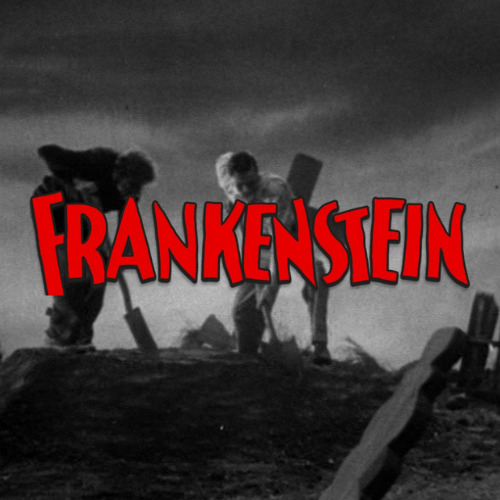





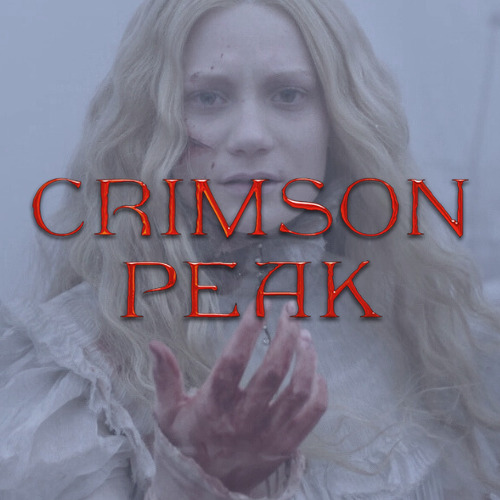

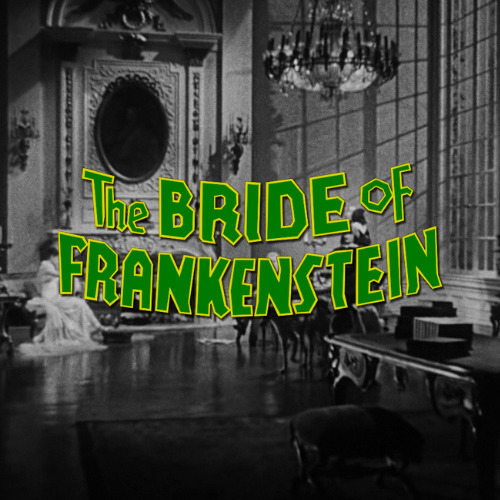


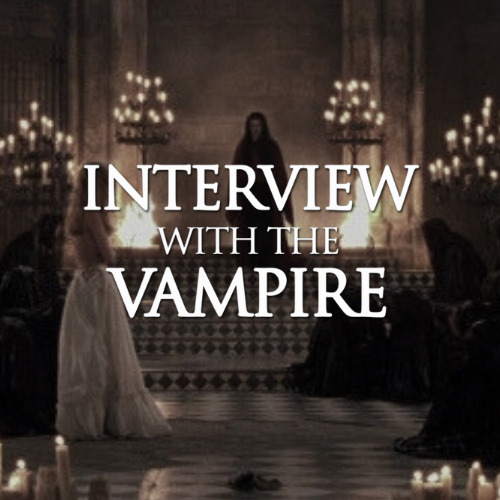

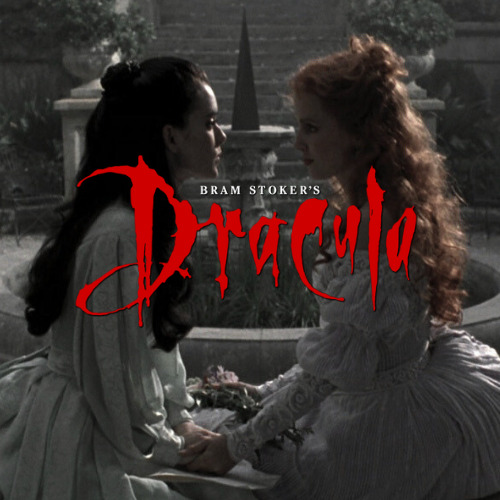
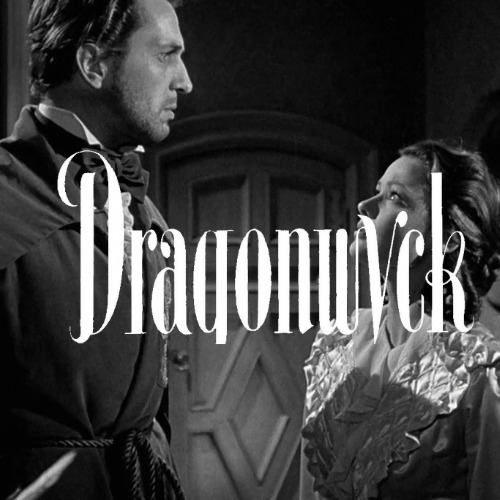
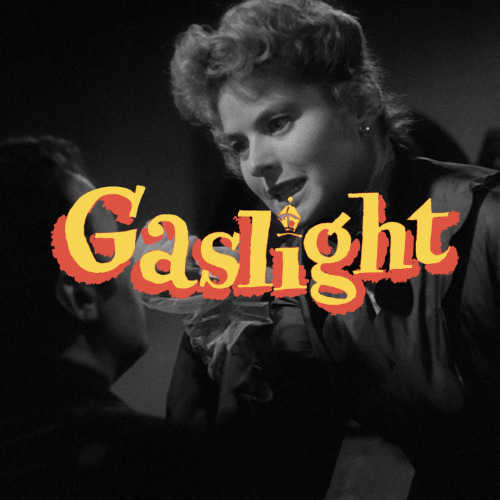

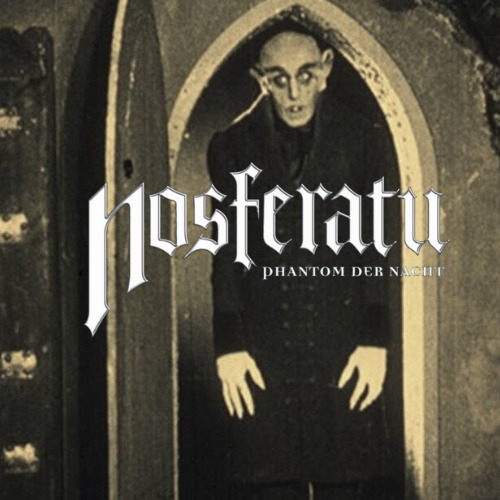
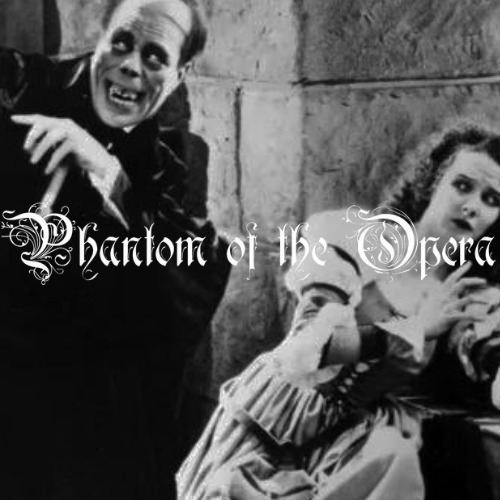



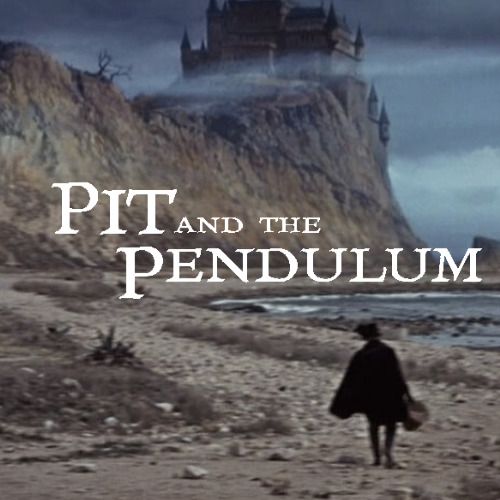



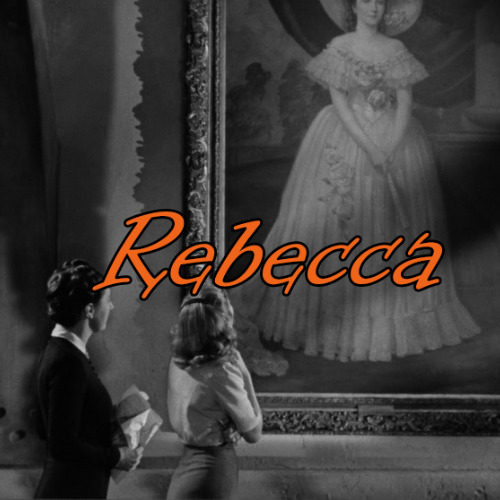
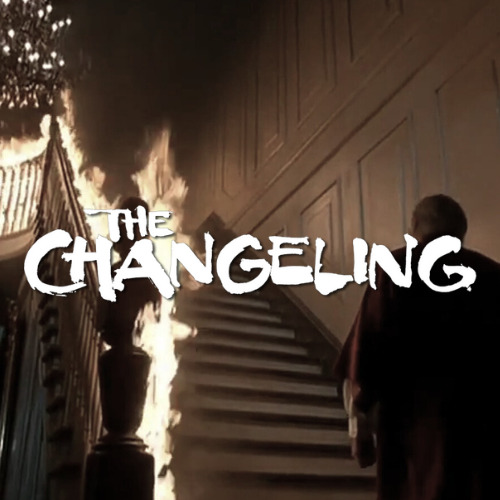

horror sub-genres: gothic
#horror#gothic horror#probably my favourite subgenre#there's several of these i haven't seen#must look up#i would also add 'the innocents' to this#definitely worth watching
807 notes
·
View notes
Photo
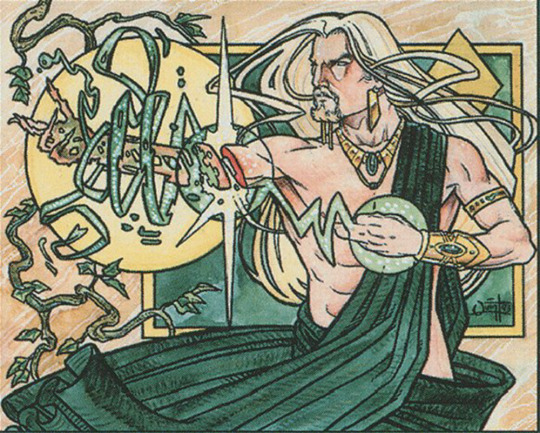
Regeneration
Artist: Quinton Hoover
83 notes
·
View notes
Text

2K notes
·
View notes
Photo
To be fair, malachite is a stone that lets you get a bit baroque. It has the strong colour and the drama for it.
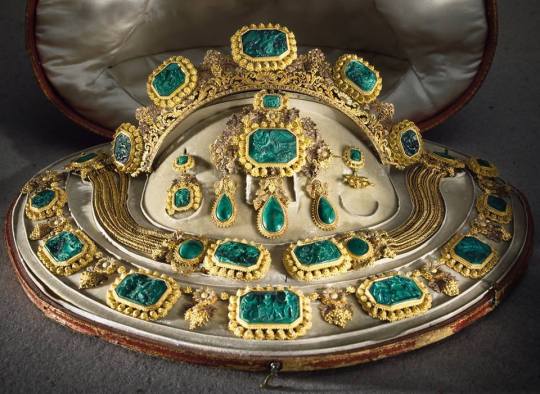
Queen Desideria of Sweden’s Malachite Parure :D
211 notes
·
View notes
Text
Aw. I feel sorry for poor dandelion and oxeye daisy. Dandelion's new texture is much improved!
I'm a bit surprised lily of the valley won, but that might be because lily aggravates me the same way sunflowers do: let me change their direction. Because right now lilies can't be symmetrical. If I've got two flowerpots on either end of a mantlepiece, the lilies are pointing the same way, waving the viewer off to one side of the room. I want to point one of them back towards the other. So they aggravate me. Heh.
Random minecraft question: taking out the 2-tall flowers and the new and fancy options like the wither rose, torchflower and spore blossom, what's y'all's favourite minecraft flower?
(Yes I took those options out mostly so this would fit in a poll)
14 notes
·
View notes
Text
Talking to my sister, we were remembering the clapping games we used to play as kids. This was mostly in the country school, now that I think of it I don’t think they were played in the town school as much. Though that could also have been because we were older when we went there. But you know those games kids play where you have to clap a sequence while saying a rhyme? Sometimes individually, often in pairs, and then there were group games?
This would have been small town Ireland in the 90s, but the ones I remember …
'Double Double' was a really easy one for pairs. “Double double this this, double double that that, double this double that, double double this that!” You stand facing each other, and on ‘double’ you bring both fists to their fists, on ‘this’ you bring palms to palms, and on ‘that’ you bring the backs of your hands to the backs of their hands. The aim is to repeat the sequence, getting faster all the time, until somebody messes up. It was fun because you started out raising both fists at each other for ‘double double’, like you’re about to start a fist fight (which was not unknown to happen).
Then there’s ‘Under the Bam Bush’, again for pairs. I can’t remember the clap sequence for this one. I can remember most of the rhyme and the rhythm: “Under the bam bush, under the sea, boom boom boom. True love for you my darling, true love for me. When we get married, we shall have a family. A boy for you, a girl for me, how many fishes in the sea? Twelve and twelve is twenty four, kick the teacher out the door. If she knocks, give her a box, and then she’ll have the chicken pox!” I know it had a more complicated sequence, cross claps and over-unders, but I can’t for the life of me remember how it went.
We also had ‘Miss Mary Mack’, which had you alternating clapping your own hands and double high fiving your partner, and then when words repeated you repeated the high fives. “Miss Mary Mack, Mack, Mack, All dressed in black, black black, with silver buttons, buttons, buttons, all down her back, back back …”
And, when you had a LOT of people together, there was always ‘Concentration’. Basically, everyone in the group got a number, one to seven or twelve or however many you had. The rhythm was two claps of your hands, two claps on your thighs, rinse and repeat, and everyone kept up this rhythm. You spoke on the hand claps, the thigh claps gave the next person time to prepare. “Concentration! (beat beat) Are you ready? (beat beat) If so! (beat beat) Let’s go! (beat beat) One to six! (beat beat) Six to three! (beat beat)” etc. It started with person one, and on your handclapped beats, you called out who had to pick up after you. They had the thigh beats to get ready, and then on their turn they had to call out a different number. People were eliminated if they didn’t answer to their number or didn’t call out a viable number on their turn. So as you went you had to keep track of which numbers were still in the game, and be ready to call them out the instant your turn came.
Concentration’s really only good if you have a big group. Like, minimum of five/six, but honestly you wanted around ten to fourteen for a proper game. It gets really boring when it’s just ‘One to two!’ ‘Two to one!’ ad nauseum at the end.
I always wonder if these are still going. They are a lot of fun.
#my childhood#clapping games#rhymes#i haven't seen them in a while#i do wonder if they're still played
22 notes
·
View notes
Text
D&D Character Concept: The Druid in the Walls
You know when weird bits of inspiration combine from very disparate sources? Specifically to give you extremely horrible backstories for a character?
Because I’ve been walking the dog the last while, and I’ve been noticing a lot of the wall plants. You know, the bits of plants, pennywort and red robin and the like, that grow in the cracks in the walls? Between the stones, in the gaps in the plaster. They’re really pretty, and I just love the stubbornness of them, to wind their way into wherever they can anchor and just bloom there.
I’ve written some things before on urban druids in D&D, and I was thinking idly about making a character in that context. The plants that grow in the cracks in the walls. And, because this is D&D and tragic backstories are, like, the thing, I was considering …
Beyond just general urban misery, where would you be where the sight of a stubborn little weed growing in the crack in a wall might be the one beautiful thing you can see and a seed that becomes a focus for your whole being?
Prison is an obvious answer. A cell, looking up at the bit of green growing near a high window. But the idea merged with a crime documentary I watched on youtube, which I cannot find again, about (warning for child death) a Victorian/Early 20th century murder of a child. A society woman who’d had a child out of wedlock as a teenager collected her young daughter from the woman who’d been caring for her, brought her to the cellar of her new husband’s house, and murdered her, without realising that one of the maids witnessed the deed. Which, yes, extraordinarily dark. But.
A child in the cellar. An illegitimate child, hidden away. A bit of green in a high window.
For some reason, my first thought was half elf, because D&D has some options for visibly illegitimate children. But then I remembered we can go one further for social ramifications. We could have a tiefling. A tiefling druid, who spent her first years in the care of a nurse, until she was old enough that they knew she would survive, and then was violently taken away and hidden. Because she is living proof of a … of an indiscretion. A sin.
There’s a bit of me that wants to go with the Sword Coast Adventurer’s Guide tiefling variants as well, here. Because, while we’re on this very bleak trip into victorianesque worries about the physical markers of illegitimacy and immorality, there’s the alternate appearance descriptions for variant tieflings: “Your tiefling might not look like other tieflings. Rather than having the physical characteristics described in the Player's Handbook, choose 1d4+1 of the following features: small horns; fangs or sharp teeth; a forked tongue; catlike eyes; six fingers on each hand; goatlike legs; cloven hoofs; a forked tail; leathery or scaly skin; red or dark blue skin; cast no shadow or reflection; exude a smell of brimstone.”
… Tieflings really are playing on a lot of … of very old fears and prejudices. So yeah. But if we’re consciously playing with that, here. It does work.
And this is the sort of house that has a cellar. That has maids. That has nurses. This is urban nobility. But this kid has no memory of wealth, comfort. She just remembers a prison. A cold room with a high window onto street level. And the bit of green, the delicate bloom, the one pretty thing she can remember, shining in the dusty light of that window.
I also, I’ve been handwashing a lot of clothes lately, and I was thinking about the red hands you get from hand laundry. Caught red-handed. And, urban nobility like that, they’d have laundry. Maybe even laundry in the cellar. And I was thinking about the maid in that documentary. And I was thinking … someone freed them. Someone heard the creature in the walls of that house, and the hints upstairs of what it might be, and someone found the compassion in their hearts to do something. Some tiny thing. Even if it was just ‘accidentally’ leaving a door open. And all this kid remembers of how she got out of that prison is … red hands. The raw, boiled red hands of a laundry woman, as she darted past them into the light, in search of their tiny sprout of green.
So she escaped. She lived as a street urchin for a while, a good few years. And she never lost … She looks for the plants. The weeds. The tiny scraps of green the city over. The flowers blooming in the cracks in the walls. Because there’s … there’s an ethos there. A sympathy. A stubborn, determined thing. They grow where they’re not wanted, in the dirt and in the dark, and they bloom anyway. They survive, and they bloom, and they give hope to those around them. It’s a scrap of a thing, a fragile shred of green, but it grows. No matter how unwanted it is. And it gives hope when there’s nothing else.
At some point another druid stumbled across her. An apothecary, maybe, an urban herbalist, or just a vagabond with their own sympathy and appreciation for those shreds of green that all the artifice of urban living could not drive away. She found a teacher. She learned some things. And she gave back some things. Druids have goodberry. Healing word. Spells to help … those who survive in the city’s cracks and crevices. And she wants to. Because of the green, yes, for the hope in the darkness, and also for those boiled red hands. For the servant who helped her, for the faceless person in her memory, that pair of hands, that helped the monster in the walls when no one else would. She doesn’t know who she was. She don’t know what happened to her. The house she came from had a demonic child caged within it. Who knows what they’d do to a servant who interfered in the family business like that? Urban elite, nobility, tend to have … pragmatic solutions to things like that.
Though they hadn’t killed her. Why didn’t they just kill the monstrous child, the proof of their sins? Why hide her, instead of simply getting rid of her? So maybe … maybe there’s hope. Maybe that poor woman, whoever she was, didn’t die for her good deed. I think that is a hope she holds. That she wants to find out what happened to that woman, and maybe, if it’s possible, if it’s not so very much too much to hope, to meet her. Thank her. And … until then. To emulate her. To help. Before anything else, just to help.
I do know I want this druid to have the druidcraft cantrip. Because, yes, it might be largely useless, compared to the likes of prestidigitation and even thaumaturgy. And yes, druids only start with two cantrips, and she probably should take more useful ones. But there is one effect of druidcraft: “You instantly make a flower blossom, a seed pod open, or a leaf bud bloom.” And that’s …
I’m not sure if it’d be ruled that she could create flowers with that. Let small flowers bloom in the cracks with a whisper. But even if she’s only helping the ones already there to bloom, it’s still …
That was her hope. Her symbol of the outside world. The only beautiful thing in her world for years. And she wants to be able to spread that. That was the first magic she learned. The first warmth and hope she ever held in her hands. The ability to make flowers bloom. Even here. Even in the dirt and the dust and the misery. A little tendril of green, stubbornly rooted into the stones of the world. Sometimes you don’t need to be able to fight. Sometimes you just need to be able to provide hope.
(If she could also get herself a Staff of Flowers along the way, she’d love that too)
Maybe a lot of the local urchins know to follow the flowers to find help. You know?
So yeah. Yeah. A tiefling urchin urban druid. A child of sin, with the cherished power to coax hope to bloom, and the stubborn determination to grow no matter what. And to … to repay the small and infinitely precious kindnesses they have received.
#d&d#5e#character concepts#druids#urban druids#tieflings#illegitimacy#druidcraft#urban plants#dark backstories#hope in the flowers
37 notes
·
View notes
Text
Random minecraft question: taking out the 2-tall flowers and the new and fancy options like the wither rose, torchflower and spore blossom, what's y'all's favourite minecraft flower?
(Yes I took those options out mostly so this would fit in a poll)
14 notes
·
View notes
Text




The Princess Bride (1987) dir. Rob Reiner
3K notes
·
View notes
Text
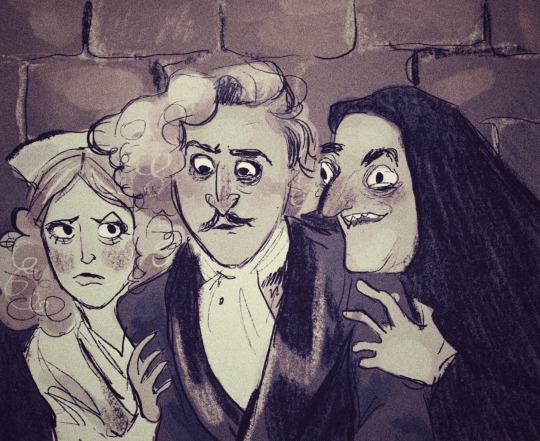
Puttin on the riiiiiiiitz 🧟♂️
#cackles#art#fanart#young frankenstein#i saw this and immediately reblogged#like trigger finger over here#i love them#thank you!
2K notes
·
View notes
Text
This is called "knowing your audience."
Nicole Coenen [ Instagram | TikTok | YouTube ]
23K notes
·
View notes
Text
Random Adventure Hook for Two of my Homebrew Deities
Specifically, Khitim, the Lady of the Tooth, and Borkh, Lord of a Helpless Death. Because while they’re both from the less moral end of the alignment chart, they have distinctly different opinions on certain issues. Borkh believes that the only true measure of power is having the unchallenged right to mete death openly, and Khitim’s only law is survival at any cost. So I thought it might be fun to set up a circumstance where they, or rather their adherents, had reason to come into conflict.
(And yes, I’m a bit hung up on Khitim lately, but I’m a bit in the mood for feral, and she does tend to bring that in spades)
So. We’re going to picture a city. I’m thinking a smaller, regional city, we’re going to keep this relatively low-scale in impact. And the lord of this city, the governor or burgomaster or duke or whatever his title, is a devotee of Borkh. He strives for his rule to be absolute, and the expression of that absolute power is the execution of those who defy it. He is, in short, rather tyrannical, and he bears his black rod openly. He was given this power by right, and who has the right to challenge him on it? His rule is legal, and his decrees just, by virtue of being his decrees.
And I want to picture an execution. A prisoner on their knees before the headsman’s block. A outsider, an outlander, someone from beyond the city limits. I don’t think a priest of Khitim, no one she would have paid attention to before, just someone from the world beyond this city and the sharply defined edges decreed by its lord. And this outsider does not acknowledge this lord’s, or Borkh’s, right to kill them. They’re a survivor. They’ve seen so much more than this piddling little city could ever dream of. Fuck the God of Executions. They follow Khitim’s law, and under that law no one, ever, has the right to kill them. “Take my life if you’re able, but I’m damn sure never going to lie down and say you have the right to it!”
And Khitim … Khitim hears this. And Khitim is greatly pleased.
There’s a strange silence, a breathless hush across the execution block and the city square around it. And then, abruptly, where a defiant prisoner knelt mere seconds ago, is a werewolf. Possibly even a loup garou. A massive, monstrous, lupine form, erupting upwards, bursting shackles as they emerge. Roaring. Perhaps at least half out of pain and confusion, it’s not every day of someone’s life that a deity transforms them out of the blue and on the spot, but oh. Oh, they catch on quick. Because they’re not bound any longer. Because their smug would-be executioner is right there, and suddenly they have claws. Yes. Yes, they catch on very quickly indeed.
That was a couple of months ago. That one, that first one. They tore themselves violently free. Slew one of the city’s executioners. Only one of many, admittedly. And they’re weren’t close enough to slay the lord himself. But now. Now there is another force, in this city, another faction, another tide. A direct challenge to the lord’s authority. To Borkh’s authority. The city has a lupine revolutionary leader, and a great many people have flocked to them. Despite their ferocity. Despite their bloodthirst. Despite the carnage of their rampages, and the innocents who often perish in them. Because. Because damn it. At least they never claim to have the right to those deaths. Only the means.
Several more werewolves have been made. The city government calls it a plague of lycanthropy, called down by the dark magics of heretics, in the service of a barbaric goddess. But people rally behind them regardless. Martial law has clamped down in response. Tyranny grows day by day. And explosive violence, in response. The city is now a battleground. Two gods, two philosophies, two beliefs. The city divides, one camp or another. And many, many people are left caught between them. Dead either way, maybe. Left only to choose which side they would prefer to be slaughtered by.
And into this powder keg, should they so choose, steps a party. Heh.
I do like Khitim. I think I am, perhaps, kneejerk, just a bit on the chaotic end of the scale? Laws are just too big for me to trust them unequivocally. So yeah. I probably wouldn’t side with Borkh, myself. Though, granted, that doesn’t necessarily make our werewolf anarchist a better choice. Taking a third option is always encouraged. But yeah.
I wanted to show a little bit of a schism, a point of fracture, between two of my homebrew deites. Gods are fun when you involve them in the world. You know?
#d&d#pathfinder#ttrpgs#deities#homebrew#adventure hook#werewolves#revolution#divine intervention#i do enjoy khitim#and enjoy hating borkh#but feel free to choose your own favourites yourselves#heh
6 notes
·
View notes
Photo

by Annita Maslov
661 notes
·
View notes
Text
Suddenly struck with a need to explain to you how boat pronouns work (I work in the marine industry).
When you're talking about the design of the boat, you say "it".
When the boat is still being built, your say "it".
When the boat is nearing completion, you can say "it" or "she".
When the boat is floating in the water you probably say "she", unless there is still a lot of work to be done (e.g. no engine yet) then you say "it".
When the boat is officially launched and operating, you say "she". If you continue to say "it" at this point you are not incorrect but suspiciously untraditional. You are not playing the game.
If you are referring to a boat you don't really know anything about you may say "it" ("there's a big boat, it's coming this way"). But if you know its name, it's probably "she" ("there's the Waverley, she's on her way to Greenock").
If you are talking about boats in general, you say "it" ("when a boat is hit by a wave it heels over")
If you speak about a boat in complimentary terms, it's "she" ("she's a grand boat"). If you are being disparaging it may be it, but not necessarily ("it's as ugly as sin", "she's a grotty old tub").
If she has a boy's name, she's still she. "Boy James", "King Edward", "Sir David Attenborough"? The pronoun is she.
If it's a dumb barge (no engine), you say it. But if it's a rowing boat (no engine), you say she.
I hope this has cleared things up so that you may not be in danger of misgendering floating objects.
#cackles#ocean#boats#ships#pronouns#excellent information#and yes#gender affirming engine installation
65K notes
·
View notes